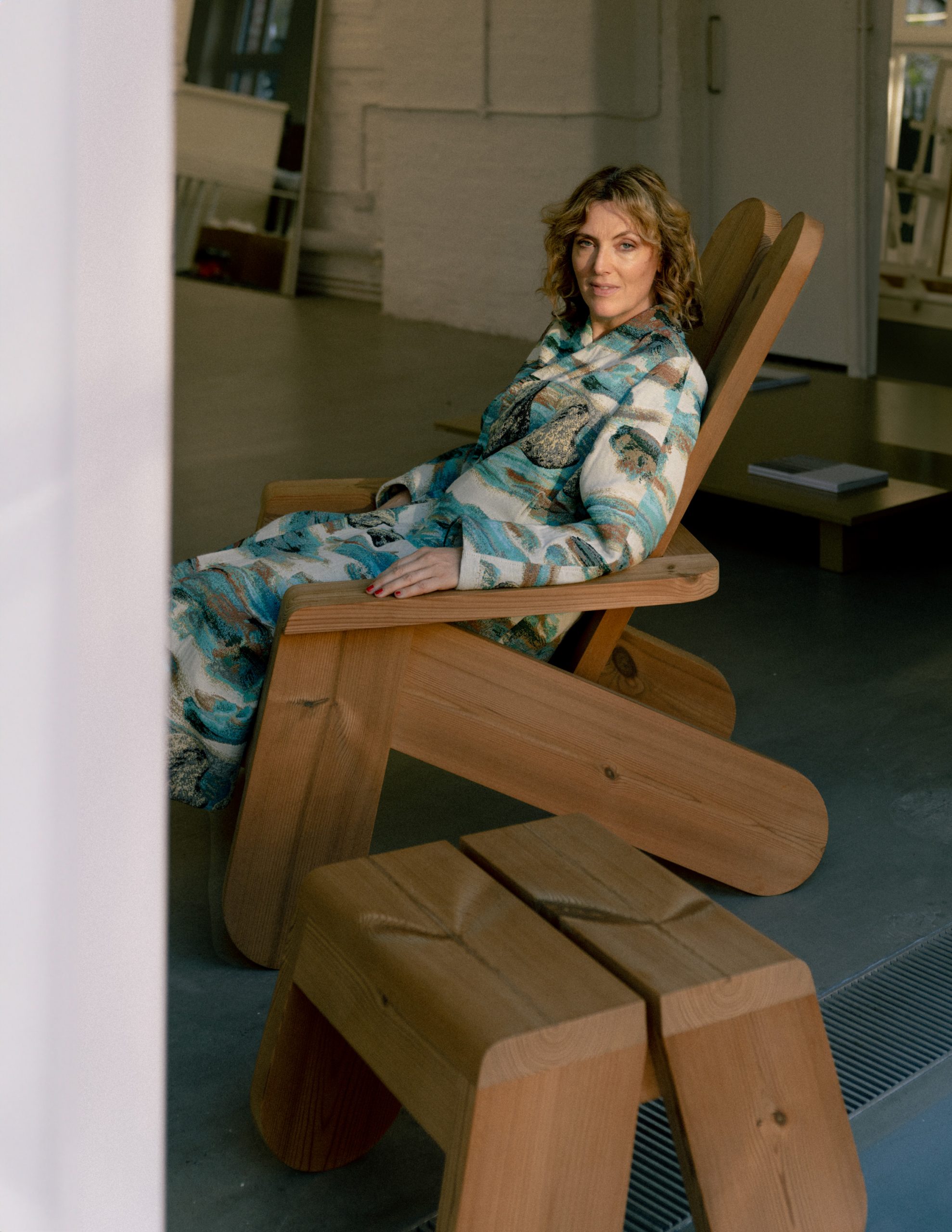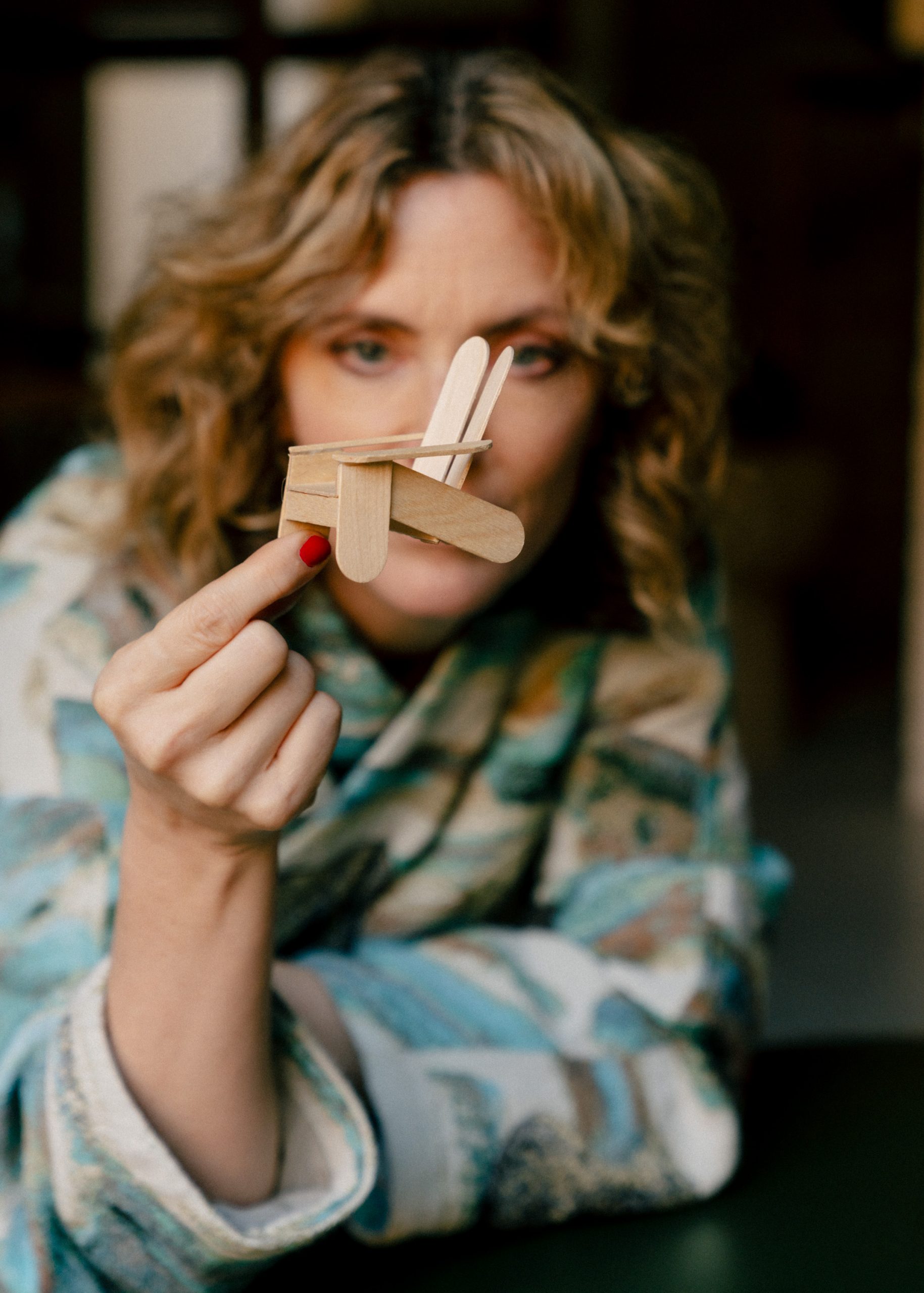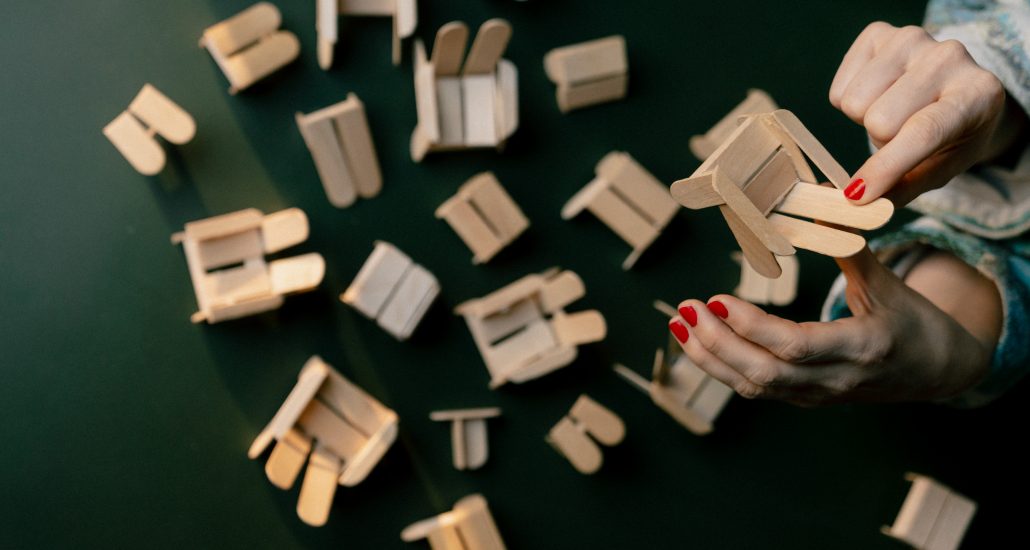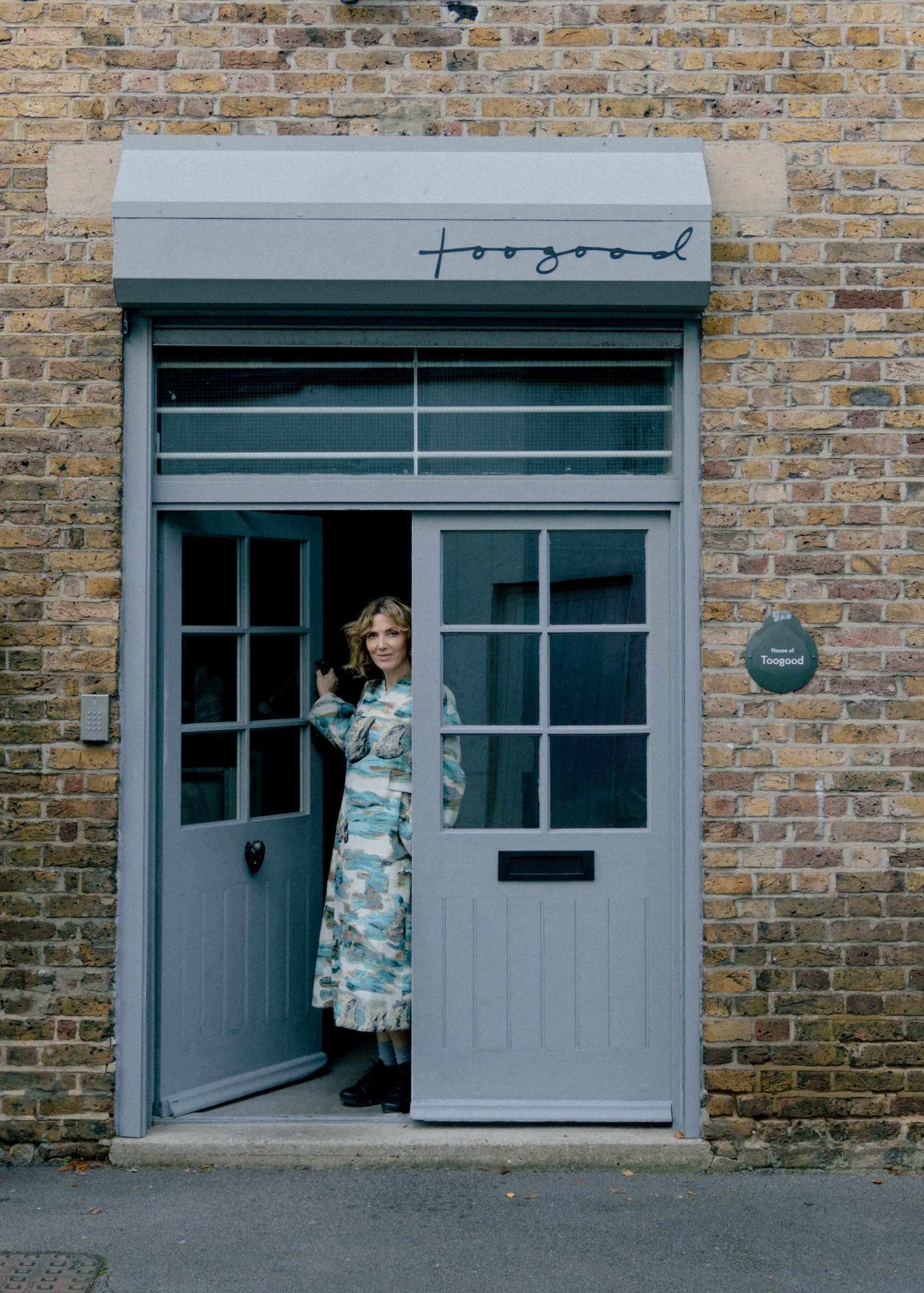Laura Houseley: Vaarnii invited you to think about a design for the outdoors. What were your immediate thoughts?
Faye Toogood: Well, it was interesting as I had just moved to a new home with a very large garden, so large I hadn’t really gotten my head around what to do with it. Because of that, landscape – and how to reconnect with it – had been on my mind when Vaarnii got in touch. So, outdoor furniture seemed like a very good suggestion.
You said ‘reconnection’. What is your connection to landscape and was it lost?
I grew up in Rutland, a rural part of England. It was very dull, bleak, wild. My dad was an ornithologist. We would do nothing but walk on weekends, bird watch, forage. Our house was filled with books about nature, walking, and that had been a big part of my childhood before I moved to London as an adult. In my work, I frequently return to an appreciation of landscape through colour and texture, particularly those associated with the British countryside.


Did you know what you might like to design?
I started thinking about a chair right away. I’d struggled to choose a chair for my own garden and ended up with some old Adirondack chairs, a universal design that the Peace Chair is inspired by. Great outdoor furniture can be difficult to find. There hasn’t been much attention paid to it. Outdoor furniture is often designed by architects, made for a specific building, or else it feels gimmicky.
Much of it is nostalgic, or costume-y. Which maybe reflects attitudes towards garden design. Or that there is perceived technical difficulty in designing and manufacturing it.
It’s fallen to those outside of the furniture design world to make it. And that which is produced is most often made by our southern European and American friends who enjoy a different climate. It is interesting that this project is from a northern European designer for a northern European brand. I think we bring something different.

What is that something? Is it a toughness?
I think there is a robustness that perhaps wouldn’t be there otherwise. This chair isn’t intended to be mobile. You should position it under a tree, or on a terrace and it will stay exactly where you put it. It is for resting in, for reading in, for taking in the countryside. It is not for socialability per se. Nor is it meant to be transitory, a moveable piece of furniture. It is intended to stay where it is and survive everything the weather throws at it.
Exactly: There is outdoor furniture that is transportable, versatile, slightly disposable, but this is not that at all. How did the design come about?
We always begin with model and maquette making. And as the model making materials came out in our studio; clay, paper, wire, there was also a box of lollipop sticks. We started playing around and creating shapes. That provided us with a geometry that became very interesting. I think we’ve retained that playfulness (the name comes from the way we thought the chair looks like a peace sign) from the original modelmaking in the final design. Thinking of the Adirondack provided us with a starting point for proportions. The Adirondack became popular at the beginning of the twentieth century and was first promoted as a chair for wellbeing – its angles demand a posture that throws open the chest and helps deep breathing. The Peace Chair is also a chair for wellbeing; for life, aging, breathing, for taking time for yourself – it is a sanctuary.

How did you find working with Pine?
As a studio we have a connection with simple, hardworking materials. With clothing we use canvas and calico, for other projects we use clay and wire, paper and card. These are elementary materials, not often considered ‘final’. But we find real beauty in them. Vaarnii’s raw ingredient is pine. And it, too, has an essential, fundamental quality to it. But it is not easy to create elevated design out of simple materials. As a designer, you have to work a little harder.
I love the fact that the pine will continue to age, evolve. We’ve left room for it to change as it ages, to silver, to crack. I think this chair will be more beautiful in ten years time than it is today. This acknowledging of aging is really special, it is something that we usually turn away from. Underlining the change in the natural material is a good thing. The Peace Chair will take the battering of the weather, it doesn’t need to be covered, it’s not precious. This chair is like a piece of leather furniture. It will get better, softer, more beautiful as it ages. It has that same quality.
Outdoor furniture that integrates with its surroundings is perhaps the most effective.
There is something really special about how things change in the garden, the passage of time, the cycle of life. It forces you to be contemplative. This is the kind of chair you could sit in and think about that and feel part of the natural world around you.
When using large quantities of pine, it can be challenging to find comfort in the brutality. But the Peace Chair has a visual softness to it, despite its bulk. It looks like a welcoming invitation to relax.
We spent a lot of time getting the angles and proportions just right. We amplified it, made it purposefully naive, the rounded edges add a visual softness too. But the Peace Chair is a robust piece of furniture too. Put it this way, it isn’t going to blow away.



